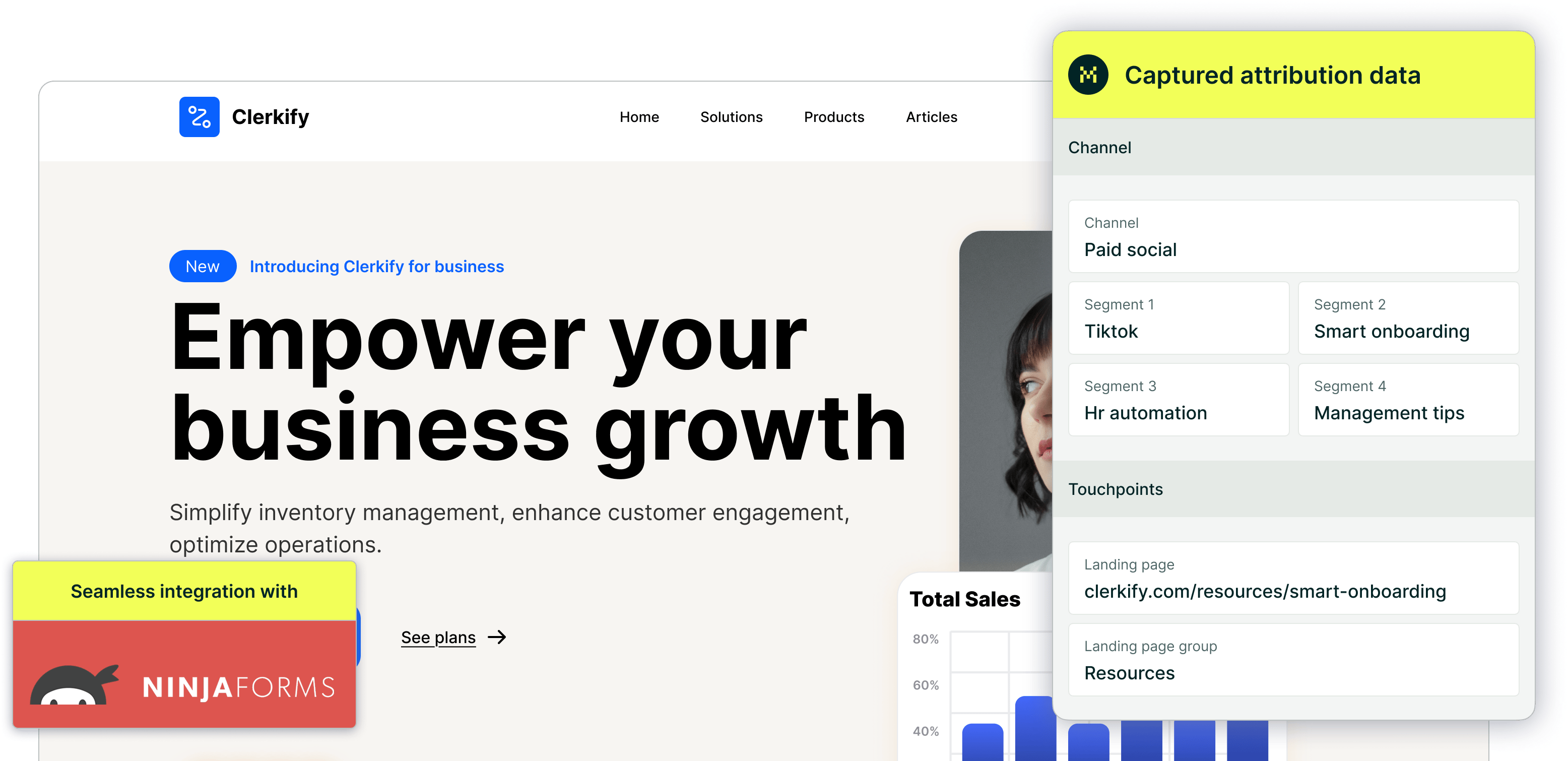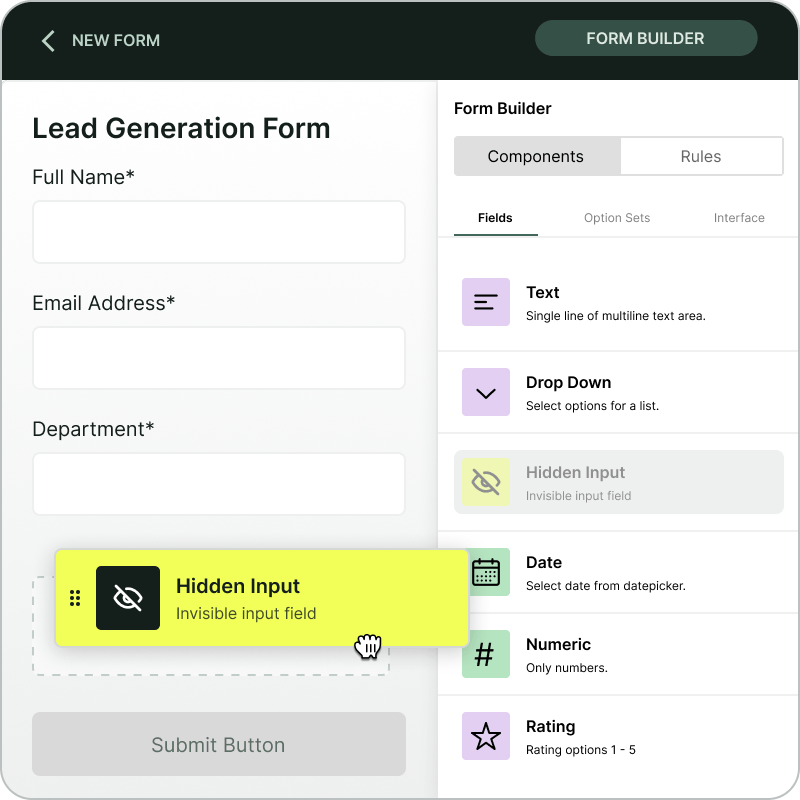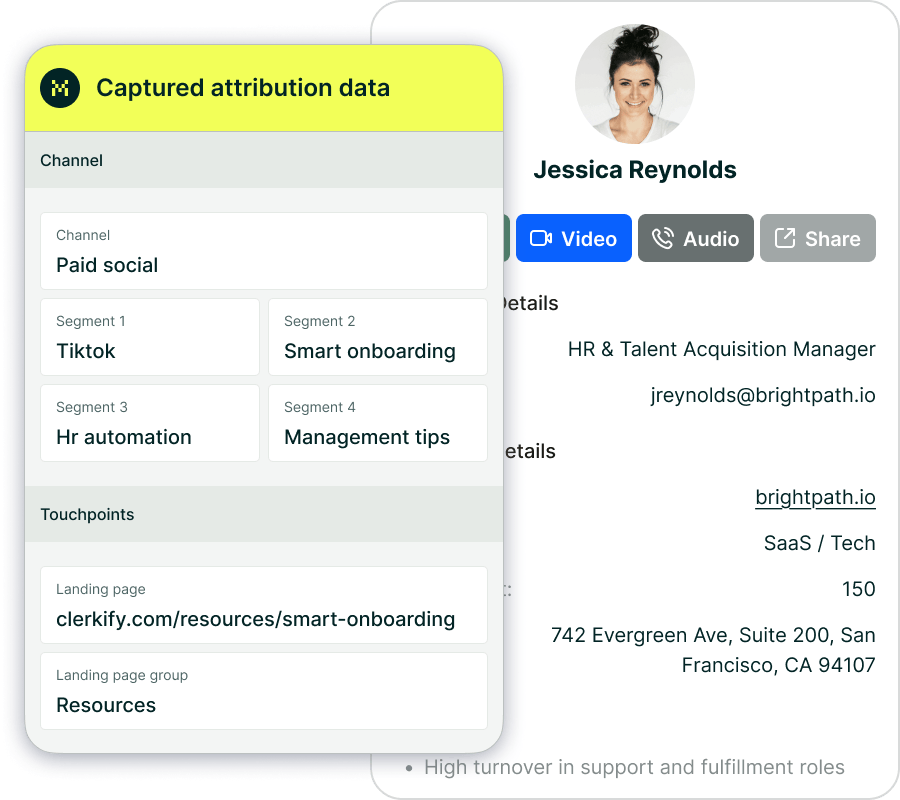Spam bots and fake leads causing data issues


In the realm of digital marketing, accurate lead attribution is crucial for assessing campaign effectiveness and making informed decisions. However, an increasing challenge arises when Madlitics users encounter leads with incomplete "Channel" and "Segment" fields. This often stems from spam bots—automated programs that submit forms without genuine human interaction.
The issue: Incomplete channel and segment data
Madlitics is designed to capture detailed information about each lead, including the marketing channel and specific segments that led them to your site. When these fields are blank or incomplete, it raises concerns about data accuracy and lead legitimacy.
Identifying legitimate leads vs. spam submissions
To determine whether a lead is genuine or a result of spam, consider the following:
Understanding spam bots
Spam bots are automated scripts designed to crawl the internet in search of forms to submit. Upon finding a form, they fill it with pre-generated information, often for malicious purposes such as spreading advertisements or phishing links. Unlike human users, these bots do not operate through standard web browsers, meaning they bypass the typical processes that Madlitics relies on to track and store data via cookies. Consequently, when a spam bot submits a form, Madlitics cannot capture the usual channel and segment information, resulting in blank fields.
Mitigation strategies
Spam form submissions can interfere with accurate attribution — these best practices help ensure clean data, so you can trust your marketing insights.

https://yoursite.com/?utm_source=linkedin&utm_medium=paidsocial&utm_campaign=q1_promo

Understanding the role of spam bots in form submissions is essential for maintaining the integrity of your lead data. By implementing appropriate anti-spam measures, you can ensure that your lead attribution remains accurate and reliable.



